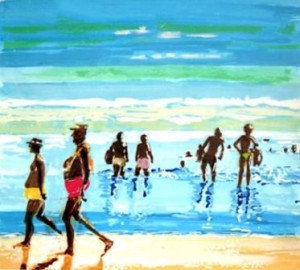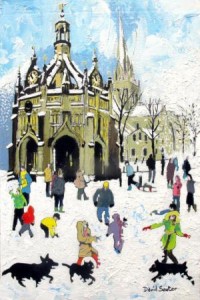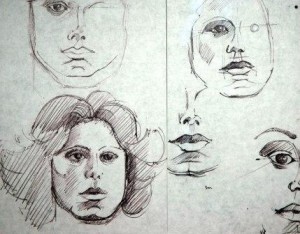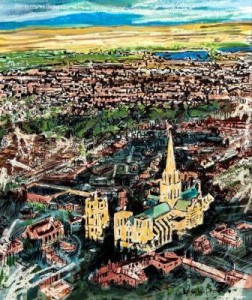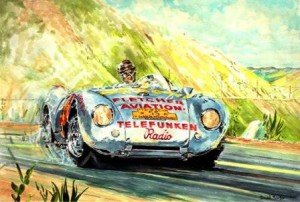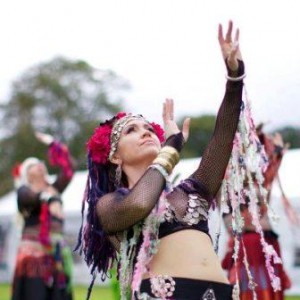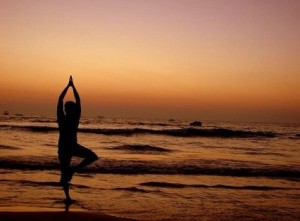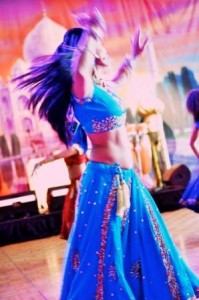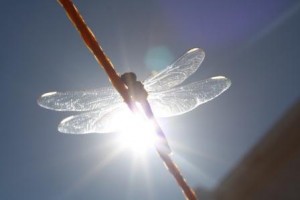On Tuesday, I had the pleasure of visiting the Oxmarket Centre of Arts in Chichester. It’s well worth a look as there are constantly changing exhibitions. I was interested the work of a local artist David Souter for the seamagic.org website as he paints a fair few sea scenes.
Luckily, he was there (with his delightful little dog) and we got talking. I was struck by how much of his practice as a painter chimed with mine as a writer.
He said his finished works were each a jigsaw, a fitting-together of imagination and observation. That’s what writers do, observe and then fit their understandings into a given shape. It’s the imaginative structure that holds those pieces together.
He felt the real work was in the sketches beforehand and the actual painting didn’t take him long at all. I’m not at that stage, it takes me a fairish while to write a novel, but I certainly find the repeated exercise of my craft is essential. Little notes, pen sketches and the like drawn from life feed the larger work.
Many of his scenes were recognisable places. Others were creative amalgams. He was honest and unapologetic about re-arranging people and sometimes other elements to suit the composition. That’s what I’m doing right now: I’m editing a first draft to bring out the shape. Some characters will move, some will blend and others may well get painted out. The overall shape, the arrangement of different elements, is what brings pleasure to the reader – or the viewer.
A final aspect that tallied was his desire to create a sense of movement in his work. His images are not static. There is a sense of a before and an after – we are seeing something happening – not just posed. I suggested that this was how writers approach character: we show the person doing something in order to convey them to the reader – we rarely describe them at a standstill.
I found this cross-fertilisation from one art to to another quite a tonic. I wonder what my readers think?

